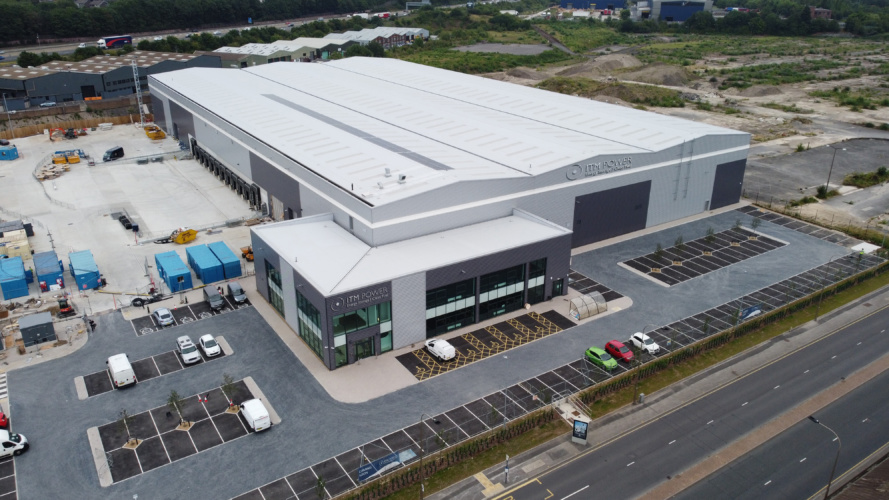ITM Power gears up for green hydrogen revolution
Electrolyser manufacturer ITM Power is putting UK hydrogen on the map and breathing new life into an iconic industrial city. Andrew Wade reports.
On the eastern edge of Sheffield, just off the M1, a gleaming manufacturing facility sits amongst the faded industrial red brick of the city’s storied past. ITM Power’s new electrolyser gigafactory - a 134,000 square foot monster that opened in 2021 - is just a stone’s throw from Forgemasters, Sheffield’s last remaining steel furnace. According to Graham Cooley, ITM’s long time CEO, another of Steel City’s most famous names has even closer ties to the new HQ. “We’re on the site that was British Steel Stainless Steel, and you would have seen the whole steel industry around here,” Cooley told The Engineer on a recent visit to the gigafactory.

UK steelmaking may be a shadow of its former glory, but the decline in heavy industry up and down the land has been softened somewhat by the growth of high value manufacturing. ITM Power is one of those leading the charge, developing and manufacturing proton exchange membrane (PEM) electrolysers to convert renewable energy into hydrogen, helping drive the transition to net zero.
Register now to continue reading
Thanks for visiting The Engineer. You’ve now reached your monthly limit of premium content. Register for free to unlock unlimited access to all of our premium content, as well as the latest technology news, industry opinion and special reports.
Benefits of registering
-
In-depth insights and coverage of key emerging trends
-
Unrestricted access to special reports throughout the year
-
Daily technology news delivered straight to your inbox











Water Sector Talent Exodus Could Cripple The Sector
Maybe if things are essential for the running of a country and we want to pay a fair price we should be running these utilities on a not for profit...